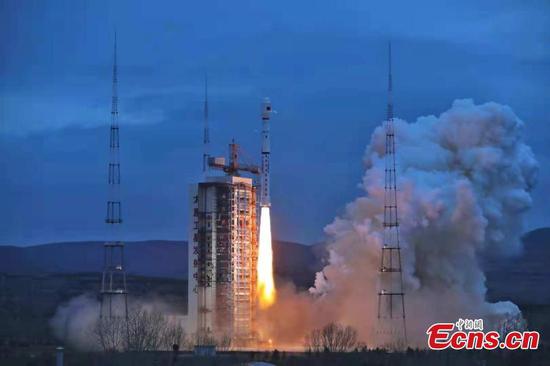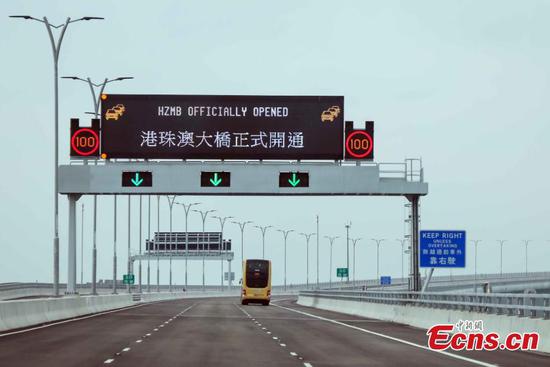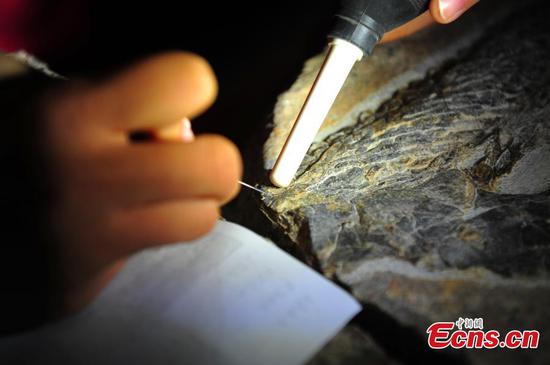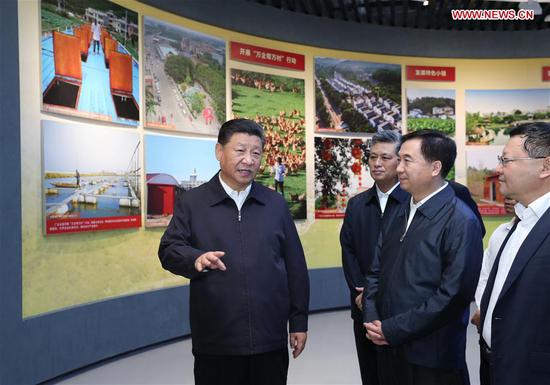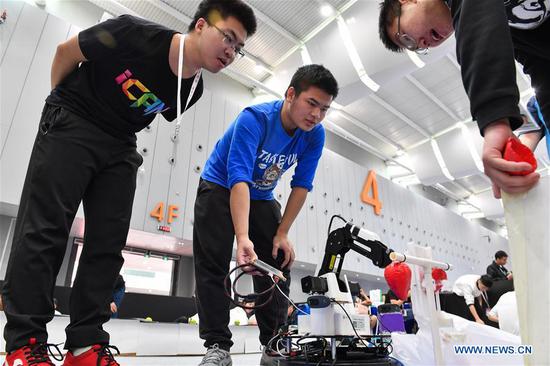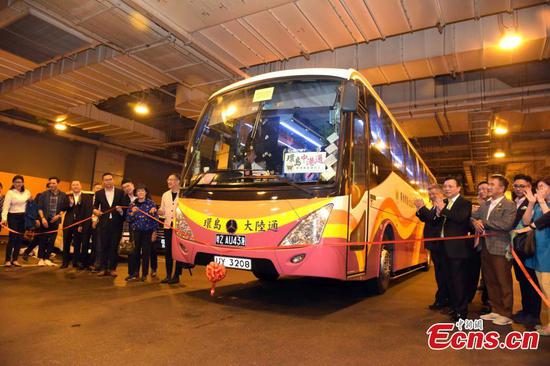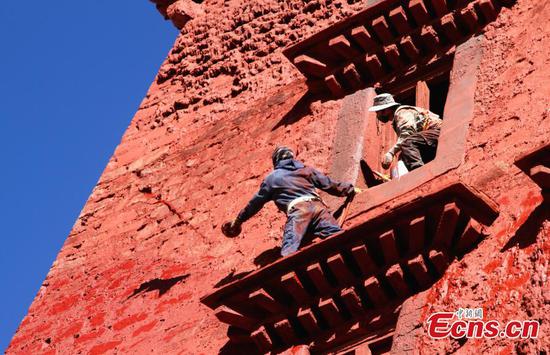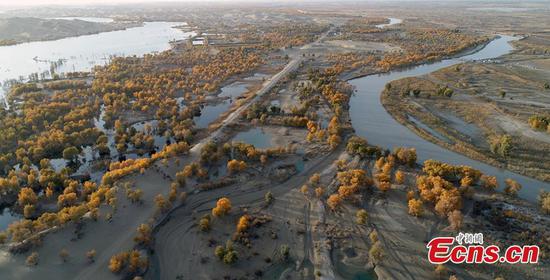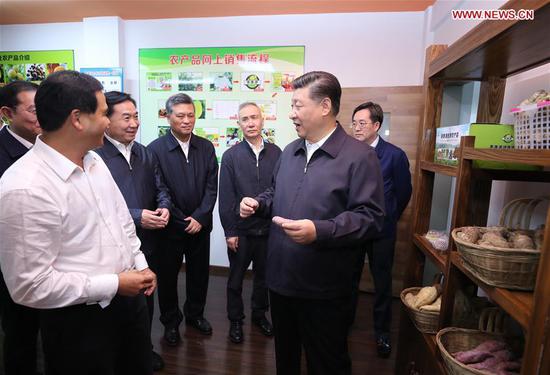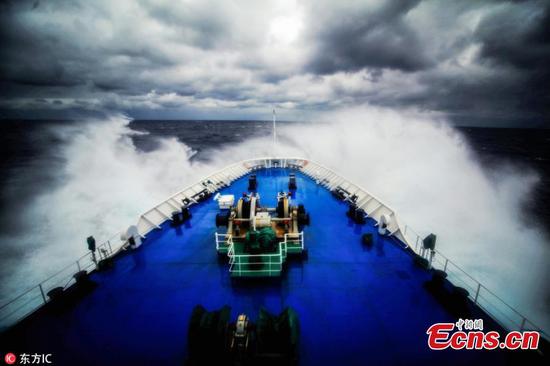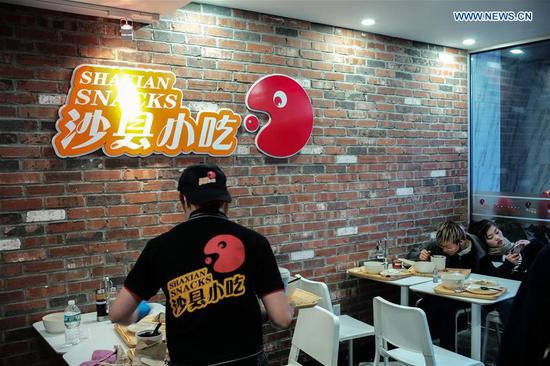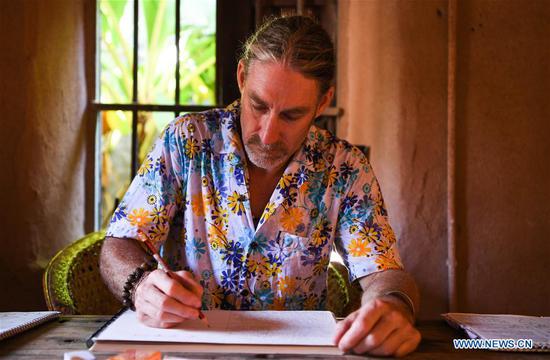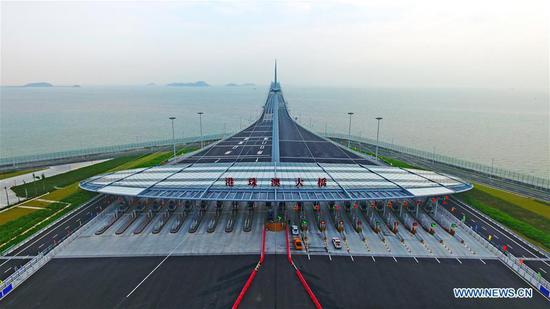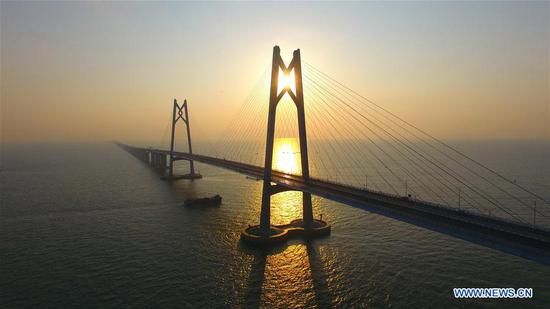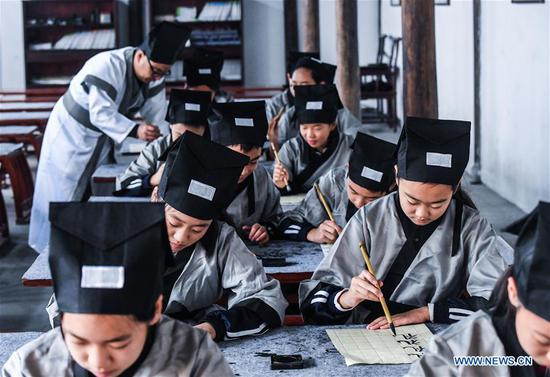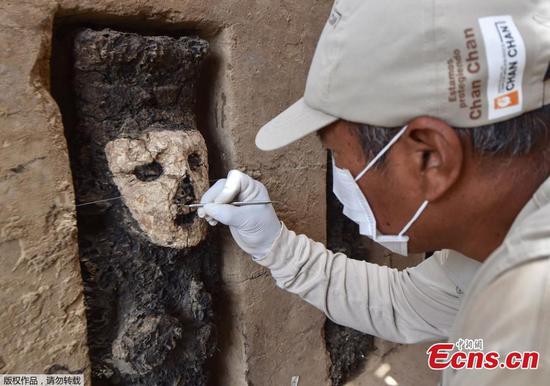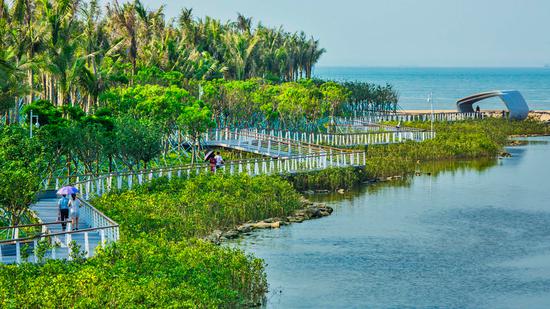Editor's note: Chen Kangling is an assistant professor at China Institute, Fudan University. The article reflects the author's opinion, and not necessarily the views of CGTN.
Two years after Beijing successfully hosted the 2008 Summer Olympics, Shanghai, the other Chinese international metropolis, held the Expo 2010 with great success. It fulfilled the century-cherished dream of the Chinese people to enjoy the “World Expo” at their doorsteps.
Ten days from now, another world Expo, China's first import Expo, will open. The past eight years have not only witnessed Shanghai's development as the bridgehead of China's opening-up process, but also China's promise to be more open to the world.
Standing opposite to the Expo Park and across the Huangpu River is the Bund International Architecture Exhibition, which witnessed the changes of Shanghai. In 1843, Shanghai officially opened its ports to international trade. Ever since, this city, coincidentally located in the middle of China's coastline, has embarked on a path of rapid growth boosted by opening up and trade.
In a mere 30 years, “Lujiazui”, a deserted land formed by a bend in the river, has grown into a globally renowned financial hub full of towering skyscrapers ablaze with lights.
Shanghai's Pudong District, where the World Expo Park and Lujiazui reside, was once a deprived region. But since then Pudong has developed into a vigorous frontier of reform and opening up, with convenient transportation and GDP of nearly one trillion yuan in 2017.
Five years ago, the China (Shanghai) Pilot Free Trade Zone (FTZ) was established in Pudong.
According to statistics released by the Ministry of Commerce, as of the end of June 2018, 56,000 new enterprises were established in the Pilot FTZ, 1.5 times the number of newly established enterprises in the same region during the past 20 years.
More than 10,000 foreign-funded enterprises were newly established, accounting for 20 percent of the total number of enterprises, up from 5 percent at the inception of the FTZ. The accumulative total foreign investment reached 23 billion US dollars.
Now, the first China International Import Expo (CIIE) is to be held in Shanghai, representing an important step for Shanghai to enhance the city's position, an international trade center.
The choice of the CIIE location can be described as “a matter of course”, since Shanghai is equipped with the economic strength, organizational capabilities, humanistic heritage, and infrastructure conditions to accomplish such an important task.
But Shanghai's ambition goes beyond Pudong. The CIIE will be hosted at the National Exhibition and Convention Center (Shanghai) in the Hongqiao Business District, a newly completed and the largest conference complex in the world.
Coincidentally, Hongqiao was also an ordinary town at the junction of the four districts with vast farmlands of green seedlings of cereal crops. It is expected that the CIIE would surely promote the infrastructure of this area and perhaps create another development “miracle” just like Pudong.
Deng Xiaoping (1904-1997), chief architect of China's reform and opening-up policy, exclaimed at the rapid changes in Shanghai, saying that the city took on a new look each year and underwent a dramatic change every three years. Those foreigners who are not familiar with China may wonder how it is possible for the Chinese people to perform such an amazing “transformation”.
An open secret is China's expertise in formulating far-sighted strategic plans and more importantly, its firm determination to implement these plans.
While devoting to the preparation for the World Expo in 2009, Shanghai took into consideration its development in the “post-World Expo era” and intensively planed another regional layout that might have a farther-reaching impact.
In July of that year, Shanghai announced the establishment of the Hongqiao Business District Administration Committee. A region integrating four districts of Minhang, Changning, Jiading and Qingpu and covering 86 square kilometers was identified as a new business district facing the Yangtze River Delta and serving the whole country.
This year, Shanghai introduced “100 new measures for a more open Shanghai” to promote further opening up to the outside world and demonstrates Shanghai's willingness to open its doors to the world. It is precisely with such confidence that Shanghai made the solemn commitment that the CIIE would “never close” (instead, it would be built into a CIIE “6 days + 365 days” one-stop trading service platform).
Shanghai's ultimate goal is to become a global city of excellence and a socialist modern metropolis with international influence by 2035.









